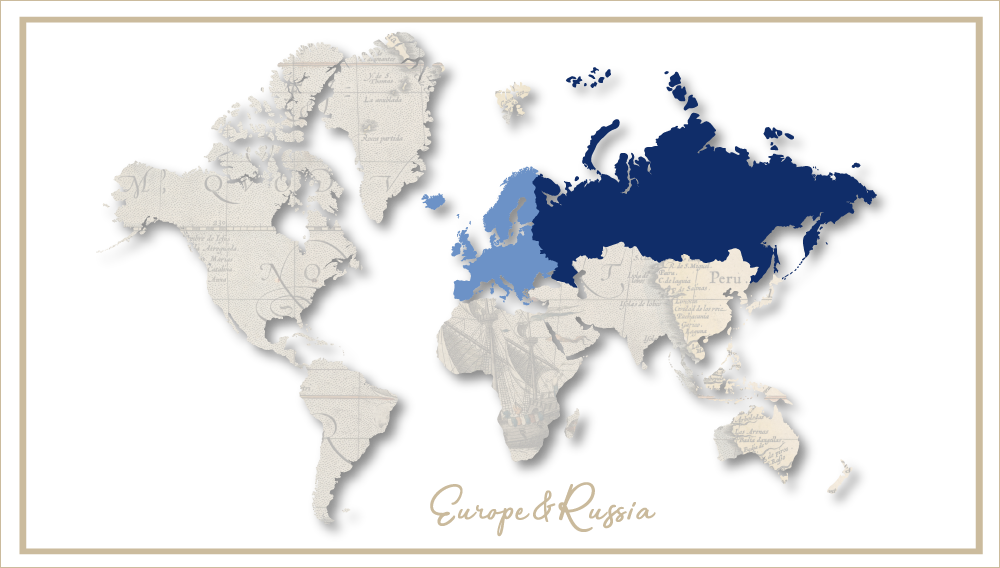Carlsberg’s stock swoons as ruble plunges
Russia has just lost the economic war with the West, media touted in December, as her currency descended into free fall. Russia’s economy is facing a perfect storm – as is Carlsberg. Since July 2014, Carlsberg’s stock has lost what it managed to gain since 2011. In December alone, Carlsberg’s market value slumped more than USD 2 billion, giving it a market capitalization of DKK 70 billion (USD 12 billion).
In November 2014 Carlsberg said that its 2014 net profit would drop between 5 and 9 percent over 2013. But that forecast came before its fourth quarter results.
Carlsberg’s executives see no near-term fix to the company’s plight in Russia.
“The ruble’s decline is substantially watering down the group’s income,” Frans Hoyer, an analyst with the Danish Jyske Bank, was quoted as saying. He added the near-damning verdict: “Carlsberg's Russian business is associated with high risks, and earnings may well lead to some negative surprises next year. Under the circumstances, I am surprised that the share price has not fallen more,” Mr Hoyer said.
“The macro picture is looking very bad for Russia,” stressed Mr Hoyer, who recommends selling Carlsberg shares. “We reiterate our belief that negative GDP growth and inflation will push down real wages in Russia in 2015. Therefore, it is far too early to hope for a growing or simply stabilizing Russian beer market in the near future. The market will almost certainly fall further in 2015 after several years of volume decline, including a decrease of 6 to 7 percent in 2014.”
What does this mean for Carlsberg’s corporate strategy of decreasing its dependency on western Europe through raising its profile in Asia, with profits from Russia contributing the icing to the pie?
For years European profits were ploughed into acquisitions in Asia. But EBIT from Asia only rose from DKK 1.3 billion in 2011 to DKK 1.9 billion (EUR 266 million) in 2013, while Western Europe still earned the bulk of Carlsberg’s profits (DKK 5.3 billion/EUR 713 million in 2013). Profits from a struggling Eastern Europe were kept more or less stable at DKK 4.2 billion (EUR 566 million) annually between 2011 and 2013, which meant that profits from Eastern Europe represented 36 percent of group profits.
Not in 2014, it is to be feared. In its third quarter 2014 statement, Carlsberg said that Western Europe contributed about 58 percent, Eastern Europe 26 percent and Asia 19 percent (figures don’t add up due to rounding) to overall EBIT. As could be expected, operating margins (%) collapsed in Russia (-500 basis points over the third quarter 2013) and dropped in Asia (-320 basis points), but rose in Western Europe (50 basis points), indicating that every cent was squeezed out of Western Europe’s operations to soften the decline in Russia.
If investors thought these results were grim, they should wait for fourth quarter results. During the fourth quarter, especially in the weeks leading up to Christmas, Carlsberg usually witnesses a spike in beer sales, which makes the final quarter in any given year the third best quarter in terms of profits. In 2013, the fourth quarter stood for 24 percent of Carlsberg’s annual EBIT. Insiders doubt that this will be the case this year.
As if this was not dramatic enough, what about Carlsberg’s general outlook? Investors were best advised to bear in mind what Nomura, a bank, wrote earlier this year. Concerning growth potentials, Carlsberg does not seem to be all that well placed globally. If compared with AB-InBev, SABMiller and Heineken, Carlsberg has the least good access to theoretical profit growth in beer markets until 2017, given its geographical profile, Nomura said. However, this forecast does not include any market share gains nor any uplift from cost cutting.
No wonder, Mr Hoyer, concluded: “The market is still way too optimistic about Carlsberg.” But, all things considered, this could be a relief for Carlsberg.


